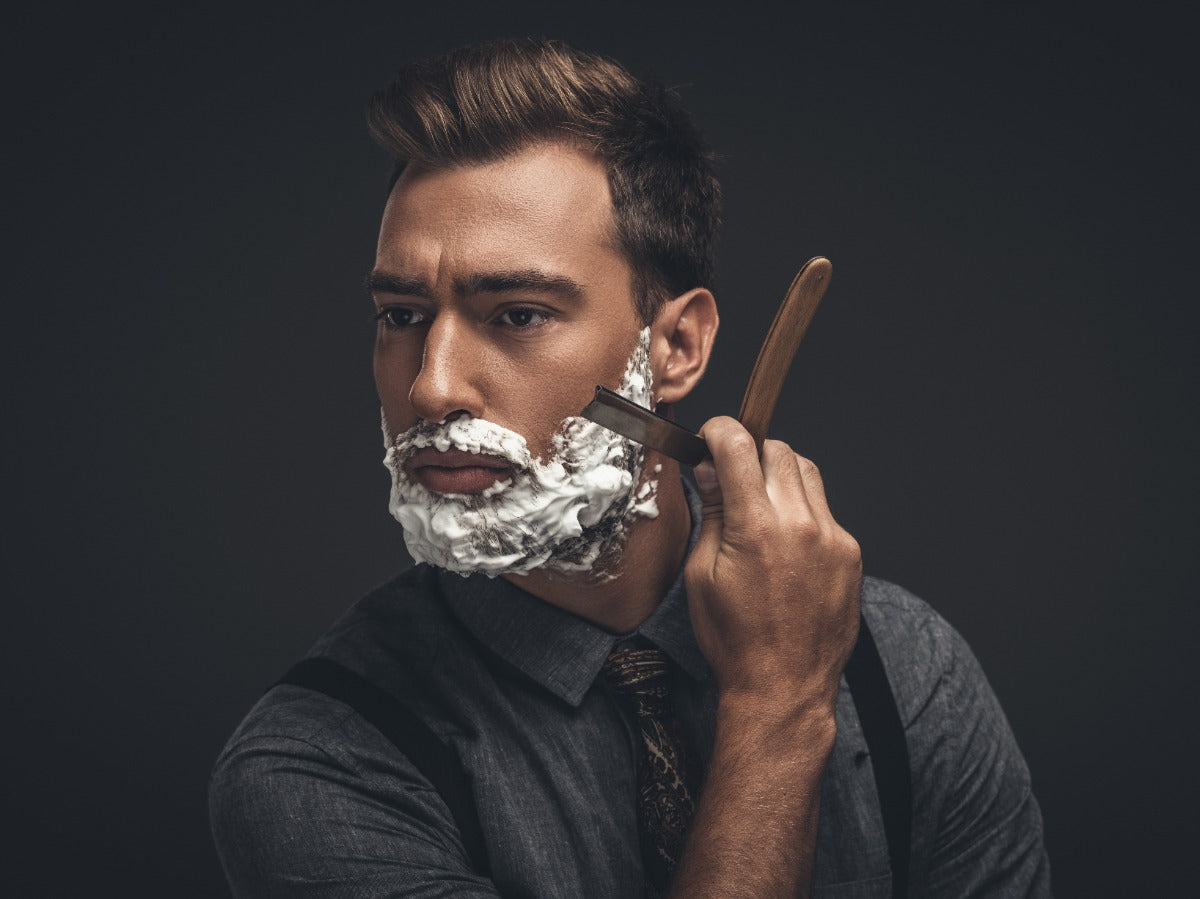In an age where disposable razors and electric shavers dominate the grooming landscape, there's something undeniably captivating about the timeless elegance of the straight razor. The use of straight razors in popular media and literature has transcended mere grooming; it has become a symbol of craftsmanship, sophistication, and even danger. From classic literature to modern cinema, the straight razor has left its indelible mark on our cultural imagination.
- Classic Literature: The Duality of the Straight Razor
One of the most iconic literary references to the straight razor comes from Robert Louis Stevenson's novella "The Strange Case of Dr. Jekyll and Mr. Hyde." In this chilling tale of duality, Dr. Jekyll's transformation into the sinister Mr. Hyde is paralleled by the transformation of a straight razor into a symbol of violence and malevolence. This juxtaposition of the razor's precision and its potential for harm reflects the dual nature of humanity itself.
Moreover, Edgar Allan Poe's "The Tell-Tale Heart" features a gruesome murder committed with a straight razor, underlining the chilling connection between the razor and the dark recesses of the human psyche. These literary references have immortalized the straight razor as an emblem of not just grooming but also the human condition.
- Film and Television: From Sweeney Todd to James Bond
The use of straight razors in popular media extends beyond literature. In Tim Burton's "Sweeney Todd: The Demon Barber of Fleet Street," the titular character, portrayed by Johnny Depp, wields a straight razor to horrific effect. This macabre tale of a barber seeking revenge on his enemies by slitting their throats with a razor blade adds a gruesome layer to the razor's symbolism.
On a completely different note, the suave and sophisticated James Bond, played by Sean Connery, uses a straight razor in "Goldfinger" to engage in a deadly game of chance. Bond's use of the razor demonstrates his cool, calculated demeanor and adds an element of danger to his character.
- Cultural Iconography: The Straight Razor as a Symbol
The straight razor has also become a symbol in its own right, signifying craftsmanship, tradition, and a commitment to the art of shaving. Brands like "Dovo" and "Thiers Issard" have capitalized on this cultural iconography, producing exquisite straight razors that are more works of art than grooming tools. The intricate designs and attention to detail in these razors pay homage to a bygone era of grooming.
- Resurgence of Traditional Shaving
In recent years, there has been a resurgence of interest in traditional shaving methods, and the straight razor has enjoyed renewed popularity among enthusiasts. This revival can be attributed in part to the allure of vintage grooming, as well as a desire for a closer and more personalized shaving experience. The straight razor, with its timeless appeal, has become a symbol of this resurgence.
The use of straight razors in popular media and literature has imbued this grooming tool with a rich tapestry of symbolism. From its duality in classic literature to its representation in film and television as a symbol of danger or sophistication, the straight razor continues to captivate our cultural imagination. As we embrace the resurgence of traditional shaving methods, the straight razor remains a timeless and elegant artifact, connecting us to the past and adding a touch of nostalgia to our modern grooming routines.
